iHeartDogs is reader-supported. Some of the links below may be paid affiliate links, where we receive a small commission on a product at no additional cost to you.
With so many dog food options available, finding the right one can be challenging—especially if you’re looking for the best dog food without peas and legumes. Many pet parents are now avoiding these ingredients due to concerns about a possible link to dilated cardiomyopathy (DCM) in dogs, as highlighted by the FDA. Since peas, lentils, and chickpeas are common fillers in grain-free diets, it can be tough to find a formula that is both nutritious and free from legumes.
Fortunately, there are high-quality dog foods that prioritize your pup’s health without relying on peas or legumes. These options use premium animal proteins, wholesome grains, and essential nutrients to support digestion, energy levels, and overall well-being. Keep reading to discover the best legume-free dog food choices for a happy, healthy pup!
What Are The Pros and Cons of Legumes and Peas in Dog Food?
Pros of Legumes and Peas in Dog Food:
- High Protein Content: Legumes and peas are good sources of plant-based protein, which can supplement animal proteins in dog food.
- Rich in Fiber: The fiber content in legumes and peas can be beneficial for digestive health, aiding in regular bowel movements and supporting a healthy gut microbiome.
- Nutrient Dense: Legumes and peas contain essential nutrients like folate, potassium, and various vitamins and minerals, contributing to a balanced diet.
- Low Glycemic Index: These ingredients have a lower glycemic index compared to some other carbohydrate sources, which means they release glucose into the blood slowly, helping to manage blood sugar levels.
- Cost-Effectiveness: Legumes and peas are generally cheaper than meat-based protein sources, making them a cost-effective way to add nutrients to dog food.
Cons of Legumes and Peas in Dog Food:
- Incomplete Protein: While legumes and peas do provide protein, it’s not a ‘complete’ protein source for dogs. This means it lacks some essential amino acids that dogs require for optimal health.
- Potential for Allergies: Some dogs may have or develop allergies to legumes or peas, which can cause digestive issues, skin irritations, or other allergic reactions.
- Anti-Nutritional Factors: Legumes contain substances like lectins and phytates, which can interfere with nutrient absorption when consumed in large amounts.
- FDA Warning on DCM: The FDA has issued a warning about a possible link between diets high in legumes and peas and cases of dilated cardiomyopathy (DCM) in dogs. However, the research is still inconclusive.
- Imbalance of Macronutrients: Over-reliance on legumes and peas can potentially lead to an imbalance in the macronutrients a dog needs, particularly if these ingredients replace high-quality animal proteins.
In summary, while legumes and peas have their merits as supplemental food ingredients for dogs, they should not serve as the primary source of nutrients. Always consult your veterinarian when considering significant changes to your dog’s diet.
What Should I Consider When Choosing Legume-Free and Pea-Free Dog Food?
When choosing a legume-free and pea-free dog food, there are several factors to consider to ensure that your dog’s nutritional needs are met:
- High-Quality Animal Protein: Make sure the dog food has a high-quality animal protein as the first ingredient. This could be chicken, beef, lamb, or fish. Animal proteins are complete proteins, meaning they contain all the essential amino acids your dog needs.
- Nutritional Balance: Ensure that the food is well-balanced with the right proportions of protein, fat, and carbohydrates. A lack of legumes and peas should not compromise the nutrient balance. Check the AAFCO (Association of American Feed Control Officials) statement on the label to confirm that the food meets nutritional standards.
- Digestible Carbohydrates: Choose foods that contain easily digestible carbohydrates, such as rice, sweet potatoes, or barley. These should replace legumes and peas and serve as a source of energy and fiber.
- Quality Fats: Healthy fats like fish oil or flaxseed oil are essential for skin and coat health, as well as cognitive function. They can also be a good source of energy for your dog.
- No Artificial Additives: Look for foods that do not contain artificial preservatives, colors, or flavors. These can be harmful to dogs and may trigger allergies.
- Vitamins and Minerals: A good dog food should contain a variety of essential vitamins and minerals, including vitamins A, C, and E, as well as important minerals like calcium and phosphorus.
- Consult Your Veterinarian: Before making any significant dietary changes, especially if your dog has health issues, consult your veterinarian for personalized advice.
- Read Reviews and Do Research: Before settling on a specific brand, it’s a good idea to read reviews and perhaps consult social media forums or trusted friends who have dogs with similar dietary restrictions.
By carefully examining the ingredients and consulting your veterinarian, you can select a legume-free and pea-free dog food that meets your dog’s nutritional needs.
The 12 Best Dog Foods Without Peas & Legumes
Nom Nom recipes only use natural ingredients like meat and vegetables, and their Turkey and chicken recipes are legume-free. While there aren’t any peas, this fresh food option is packed with essential nutrients and no fillers. Plus, their high-quality ingredients are USDA-certified.
Feeding is easy as meals are portioned in compact vacuum-sealed bags, so all you have to do is open the packaging and pour the meal into your dog’s bowl. Check out Nom Nom and let them formulate meals that cater to your dog’s needs. If you’re trying to avoid peas in your dog’s food, skip Nom Nom’s beef and pork recipes. They contain peas and green beans.
The Honest Kitchen Dehydrated Grain Free Fish Dog Food provides another excellent choice for those seeking a pea and legume-free diet for their dogs. Made with real, whole food ingredients, like wild-caught fish, pumpkins & cranberries, it provides a high-quality, grain-free meal you prepare for your dogs. Its primary ingredient, wild-caught fish, ensures a rich source of protein. This dehydrated food is easy to prepare. Simply add water and love, making mealtime convenient without compromising on nutrition. It’s particularly beneficial for dogs with sensitivities or allergies to peas and legumes.
A Pup Above sells dry dog food and fresh dog food options, with three of their recipes fitting the bill for a legume-free diet. The Chika Chika Bow Wow recipe and Cubies flavors of Chika Pupatouille and Turkey Pilaf are all packed with human-grade meats and vegetables, but no peas or legumes. Pup Above uses sous vide cooking, which means “under vacuum” in French, to preserve the flavor and nutrients. You’ll determine how many patties to give your dog based on your dog’s weight. All the formulas are created by a veterinary nutritionist, and made for adult dogs only.
Ollie delivers high-quality, nutritious meals containing only carefully sourced ingredients from trusted farms. Their Turkey recipe contains all this goodness minus any legumes. Because these dog food experts slow-cook foods at low temperatures in small batches, their recipes maintain maximum nutrition from human-grade, high-quality turkey. Fresh fruits and veggies also provide a wealth of health benefits and a yummy taste. In addition to skipping peas and legumes, Ollie foods never contain any by-products, fillers, artificial flavoring, or preservatives.
When you buy a meal plan, you can set a regular schedule that sees vacuum-sealed food packages delivered right to your door, so your pup always has a fresh meal at the ready. Ollie’s recipes are veterinarian-formulated and made in the USA.
JustFoodForDogs is one of the best fresh dog food companies for variety. They offer many unique recipes, including options for dogs with special needs, like puppies, large breed dogs, dogs with sensitive skin, and dogs that need to lose weight. Their chicken, turkey, venison, and lamb recipes are pea and legume-free for dogs that need to avoid them. You can create a custom legume-free diet for your dog if you do a free consultation.
The recipes are crafted by canine nutritionists, and the food is made in a kitchen that’s open to the public. In each delicious option, you can see a colorful assortment of healthy ingredients, including meat and vegetables. So, you’ll never have to wonder what’s going into your dog’s tummy.
Stella & Chewy’s Wild Red Dry Dog Food is a high-protein, grain-free option that aims to provide dogs with the nutrition they need. The unique aspect of this product is that each bite is coated in freeze-dried raw meat, adding a flavorful twist. The recipe includes six fish protein sources, making it a good choice for dogs with poultry allergies. It also contains whole prey ingredients and is fortified with vitamins, minerals, and amino acids to support overall well-being. Additionally, the formula includes antioxidants for immune support and omega fatty acids for skin and coat health.
ZIWI Peak Air-Dried Dog Food is a high-protein, grain-free dog food made with all-natural ingredients. It features 96% free-range lamb, organs, bone, and New Zealand green mussels, providing a nutrient-dense meal for even the pickiest dogs. The food is also low in carbohydrates and does not contain fillers such as grain, potato, or peas, which can be linked to obesity and food allergies. It is suitable for dogs of all life stages and is made from ethically and sustainably sourced ingredients.
Stella & Chewy’s Wild Red Dry Dog Food Raw Blend is a high-protein, grain, and legume-free dog food that offers the taste and nutrition of a raw diet. The Prairie Recipe includes six animal protein sources, providing a diet similar to what dogs would eat in the wild. It is fortified with vitamins, minerals, and amino acids to support overall health, with additional benefits for digestion, heart health, immune system, and skin and coat.
The Diamond Naturals All Life Stages Chicken and Rice Formula Dry Dog Food is a dog food product that contains real chicken as its main source of protein. It also includes probiotics to support healthy digestion in dogs. Additionally, the formula is fortified with antioxidants and balanced omega fatty acids, designed to promote healthy skin and coat for dogs of all life stages.
Wellness CORE 95% Natural Wet Grain Free Canned Dog Food is a high-protein and grain-free dog food that delivers the meat dogs crave while providing the necessary vitamins and minerals for their overall health. The Turkey & Spinach Pate recipe includes real turkey and spinach for a balanced and nutritious meal. This dog food promotes leaner body mass and muscle tone by focusing on high-quality protein sourced from turkey. It contains no corn, wheat, or soy and is made in Canada using premium, all-natural ingredients.
Nutro Natural Choice Adult Dry Dog Food is a nutritious and wholesome option for adult dogs. It is made with real chicken as the main ingredient, providing high-quality protein. The ingredients used are sourced from trusted growers and suppliers. The food supports dogs’ well-being by promoting healthy immunity and digestion, as well as maintaining a healthy skin and coat. Nutro aims to grow healthy pets by offering a range of natural dog food and treats. The product comes in a 13 lb. bag.
The Natural Balance Limited Ingredient Adult Dry Dog Food with Healthy Grains, Reserve Duck & Brown Rice Recipe is a 4-pound bag of dog food that prioritizes duck as the main protein source. It is made with a simplified list of premium ingredients to support a healthy coat, skin, and digestive system and does not contain soy, gluten, or artificial colors or flavors. The recipe is complete and balanced with essential nutrients for a strong immune system. Natural Balance also has safety measures in place, with every batch of food being tested for quality assurance.
Discover the Possibilities with Fresh Dog Food
Frequently Asked Questions About Pea-Free and Legume-Free Dog Foods
1. Why are some dog foods avoiding peas and legumes?
The FDA issued an alert about a potential link between diets high in peas and legumes and cases of dilated cardiomyopathy (DCM) in dogs. While research is still inconclusive, many dog owners and manufacturers are choosing to avoid these ingredients as a precautionary measure.
2. What can I use as a protein source if not legumes or peas?
Animal-based proteins like chicken, beef, lamb, or fish are excellent alternatives. These offer complete proteins that contain all the essential amino acids that dogs require for optimal health.
3. Are grains a good alternative to peas and legumes in dog food?
Yes, grains like rice, barley, or oats are generally considered good alternatives. They provide carbohydrates and fiber, and they have a different nutrient profile that hasn’t been linked to DCM as peas and legumes have.
4. How do I know if a dog food is legume-free and pea-free?
You’ll need to read the ingredients list on the dog food package carefully. Look for terms like chickpeas, lentils, and all kinds of peas, and make sure they are not listed.
5. Is a legume-free and pea-free diet nutritionally adequate for my dog?
Yes, as long as the food is balanced and contains high-quality sources of protein, fats, and carbohydrates. Always look for the AAFCO statement on the label to confirm that the food meets nutritional standards.
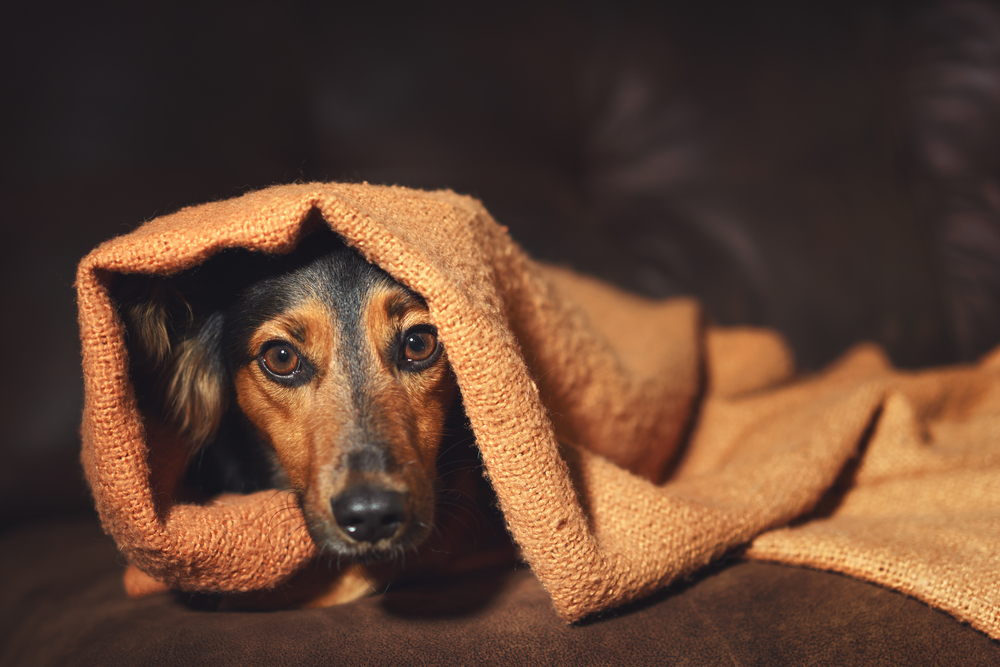
6. Can a legume-free and pea-free diet benefit dogs with allergies?
It can, especially if your dog has been diagnosed with a specific allergy to legumes or peas. Eliminating these from the diet can alleviate symptoms like skin irritation or digestive issues.
7. Do veterinary diet foods contain peas and legumes?
It depends on the specific formulation and the medical condition it is designed to address. Always read the ingredient list and consult your veterinarian for advice tailored to your dog’s health needs.
8. Are legume-free and pea-free dog foods more expensive?
Not necessarily. The cost can vary depending on the brand, the quality of ingredients used, and whether the food is a specialized formula. Some high-quality, legume-free, and pea-free foods may be on the pricier side, but there are also budget-friendly options.
9. How do I transition my dog to a legume-free and pea-free food?
Transition slowly over a period of 7-10 days, gradually increasing the amount of the new food while decreasing the old one. This will help avoid gastrointestinal upset.
10. Should I consult my vet before switching to a legume-free and pea-free diet?
Yes, it’s always a good idea to consult your veterinarian for personalized advice, especially if your dog has existing health conditions or dietary restrictions.
Choosing the Best Dog Food Without Peas & Legumes
Picking the best dog food without peas and legumes ensures your pup gets a nutritious, well-balanced diet without unnecessary fillers. Whether you’re concerned about potential health risks or just want to avoid certain ingredients, there are plenty of high-quality dog food options made with real animal proteins, whole grains, and essential nutrients. By selecting the right formula, you can support your dog’s heart health, digestion, and overall well-being while giving them a delicious, satisfying meal.
RELATED: Best Dog Foods with No Recalls
iHeartDogs is reader-supported. Some of the links below may be paid affiliate links, where we receive a small commission on a product at no additional cost to you.
- Best Overall Dog Foods
- Best Fresh Dog Foods
- Best Freeze Dried Dog Foods
- Best Subscription & Delivery Dog Foods
- Best Air Dried Foods for Dogs
- Best High Protein Dog Foods
- Best Non-GMO Dog Foods
- Best Alkaline Dog Foods
- Best Insect Based Dog Foods
- Best Goat Dog Foods
- Best Sports, Active & Performance Dog Foods
- Best Limited Ingredient Dog Foods
- Best Whitefish Dog Foods
- Best Trout Dog Foods
- Best Herring Dog Foods
- Best Dog Foods without Peas & Legumes
- Best Dog Foods for Joint Health
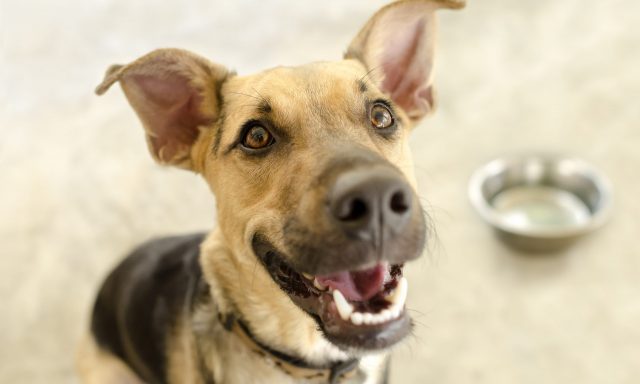
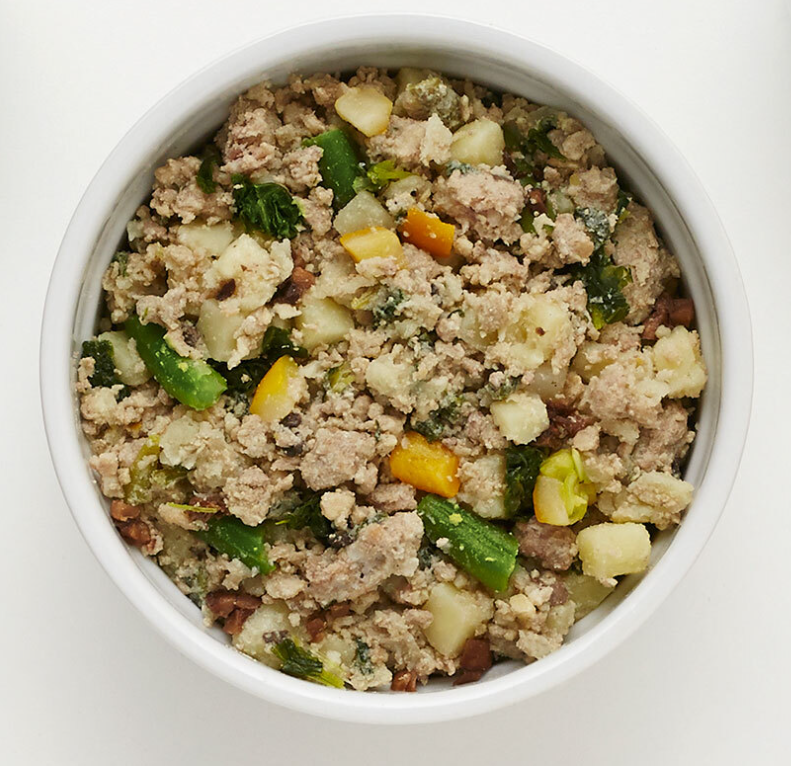

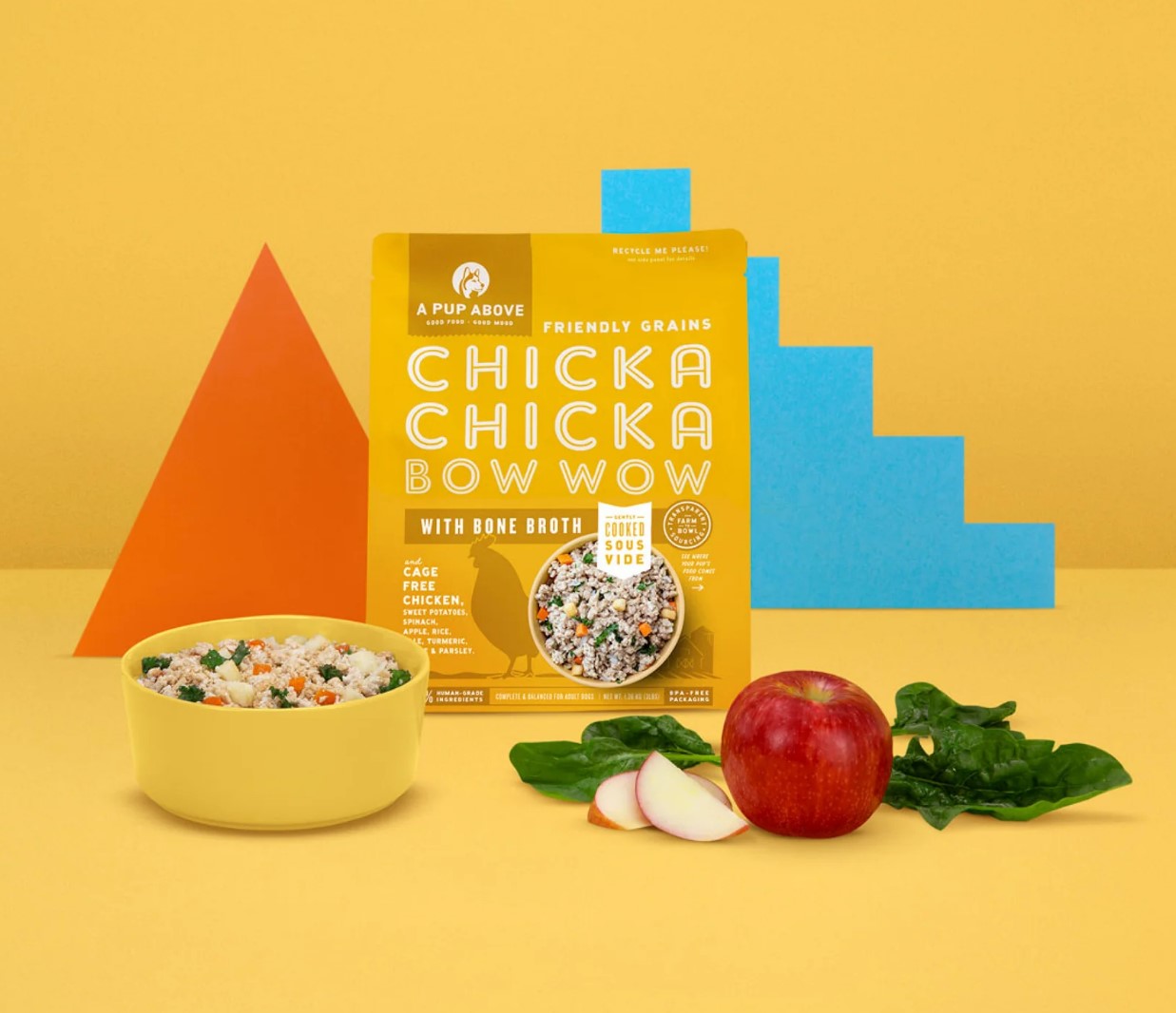
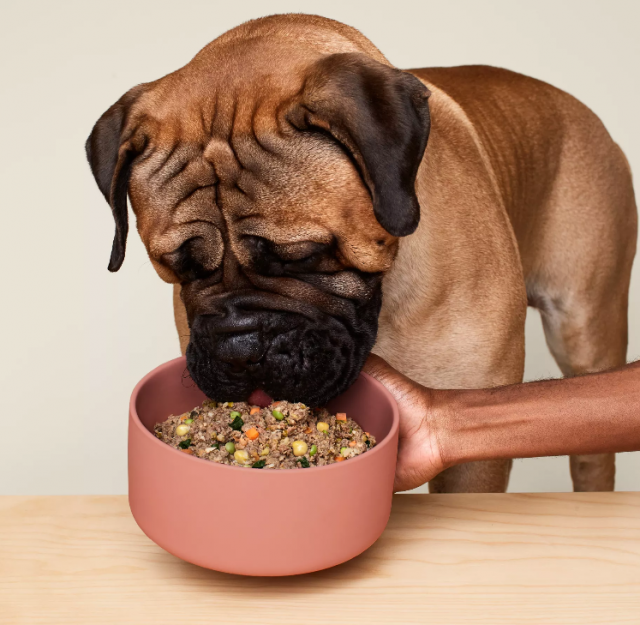

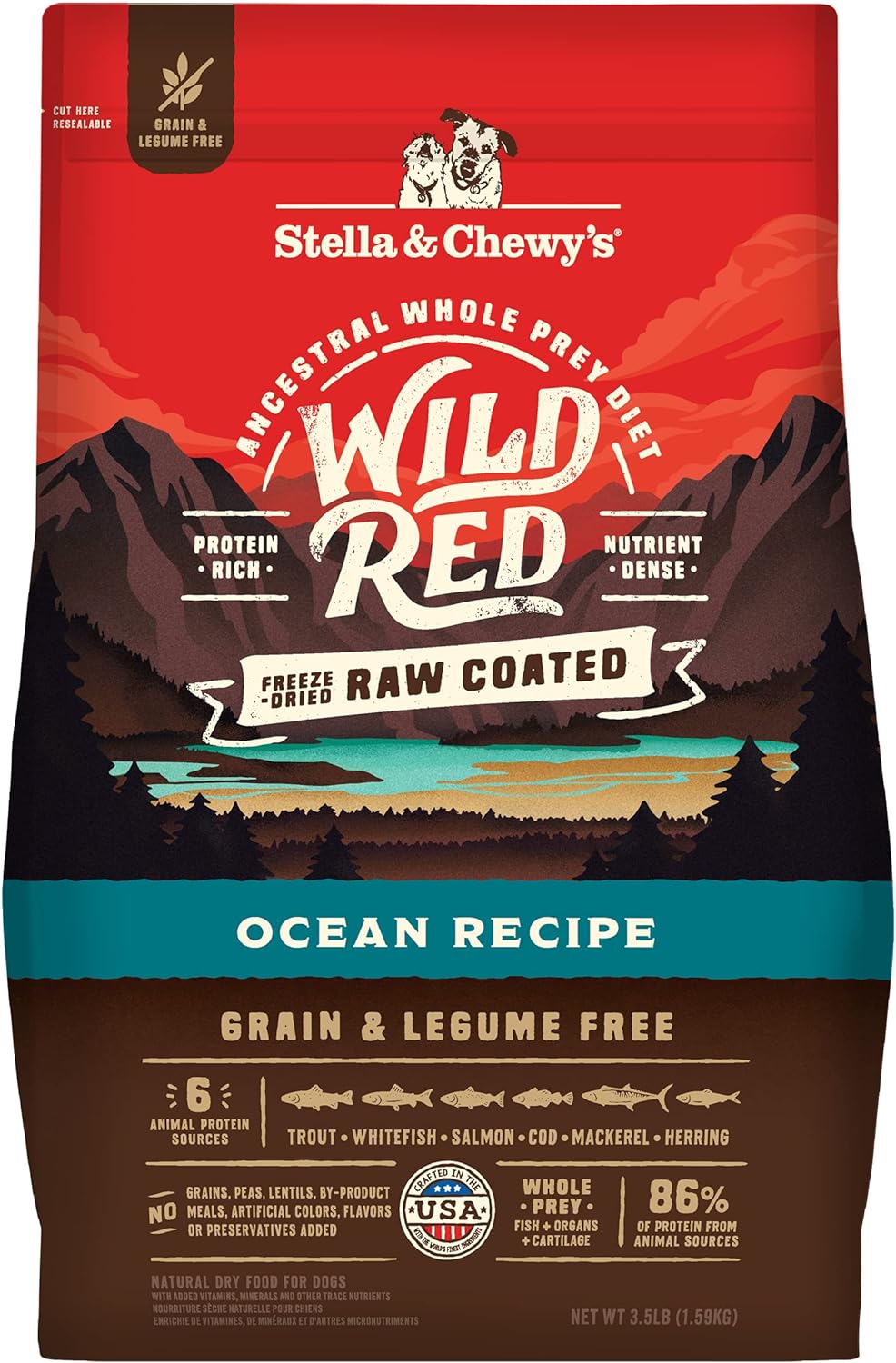

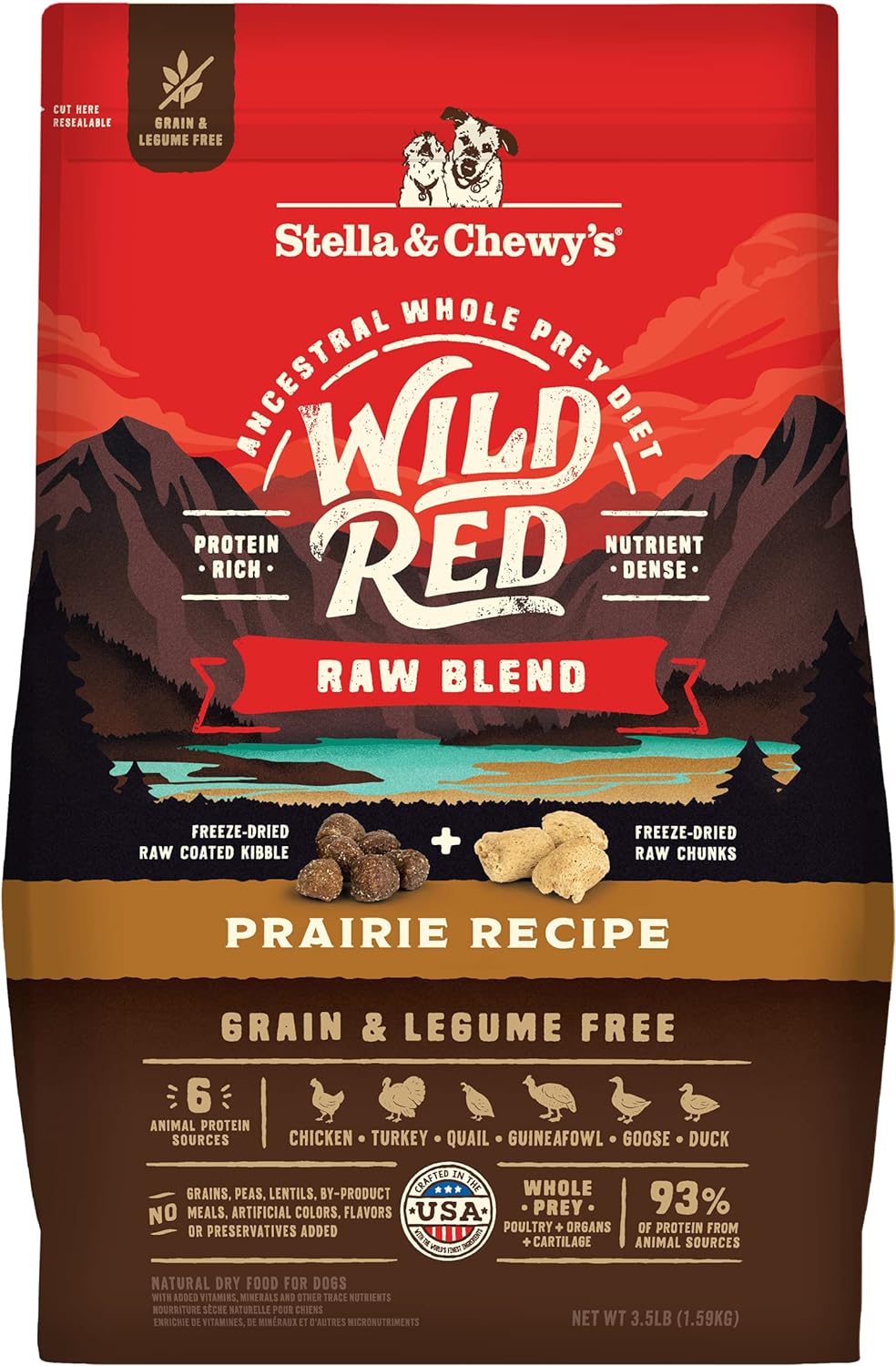

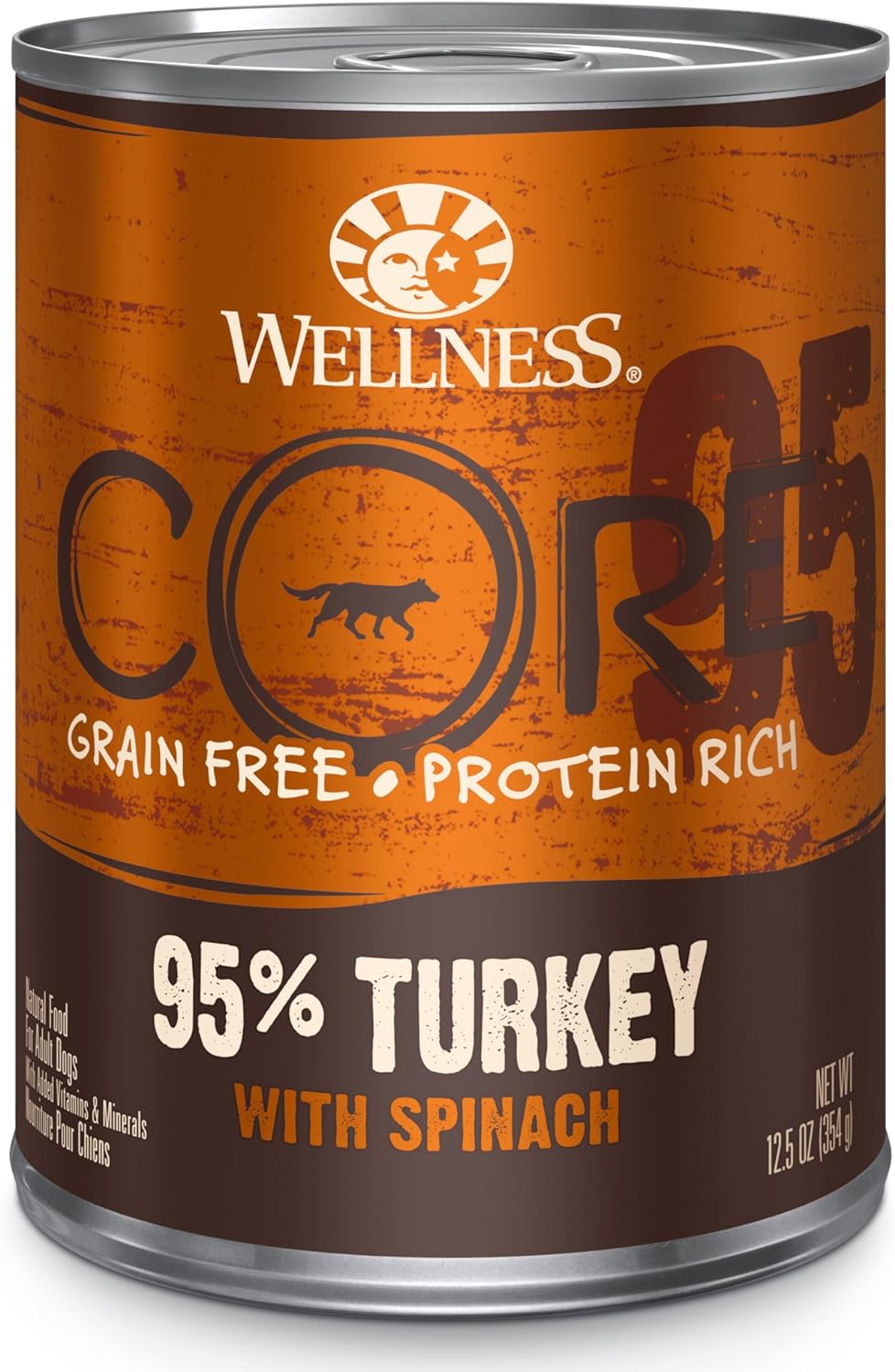
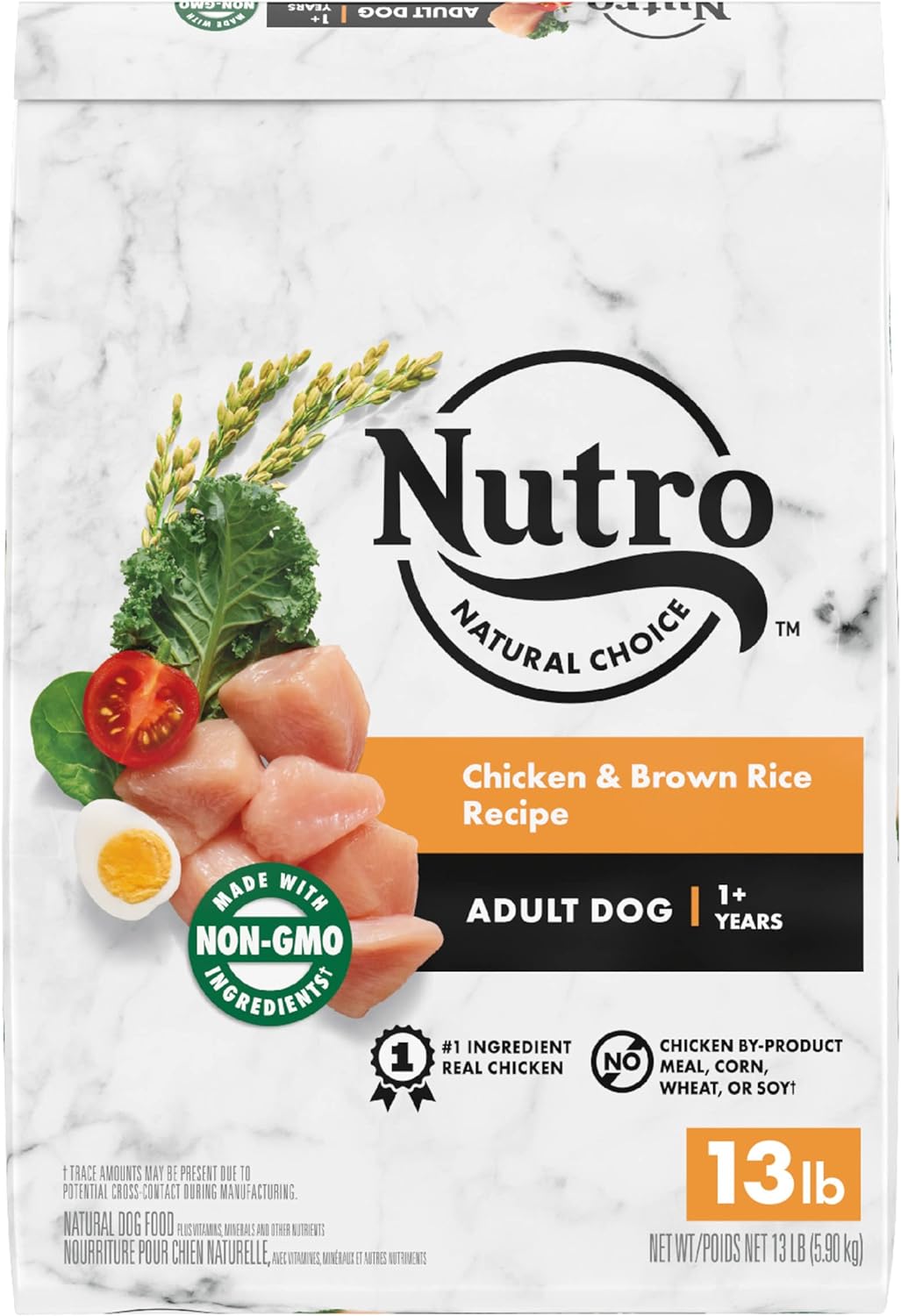
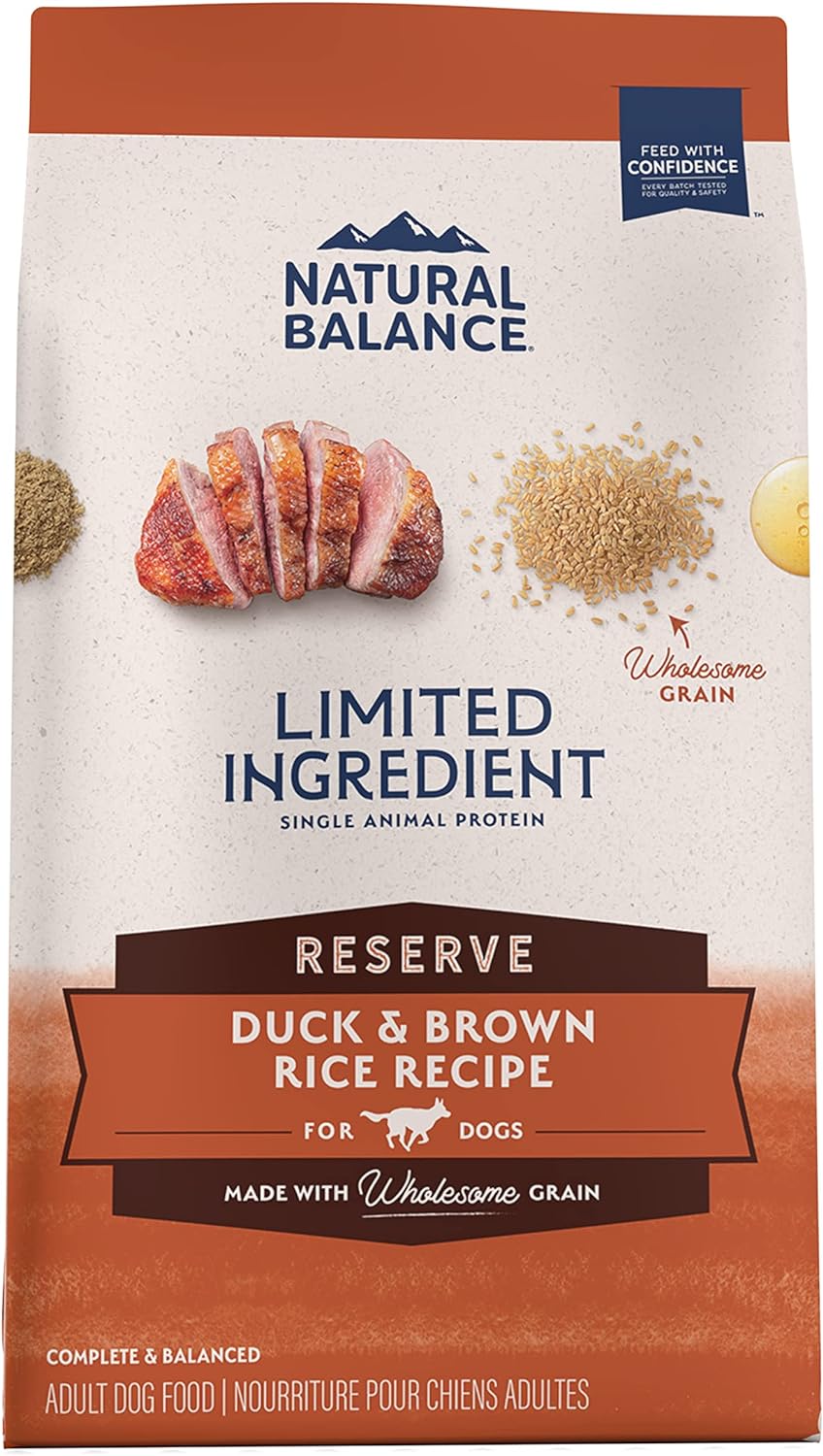
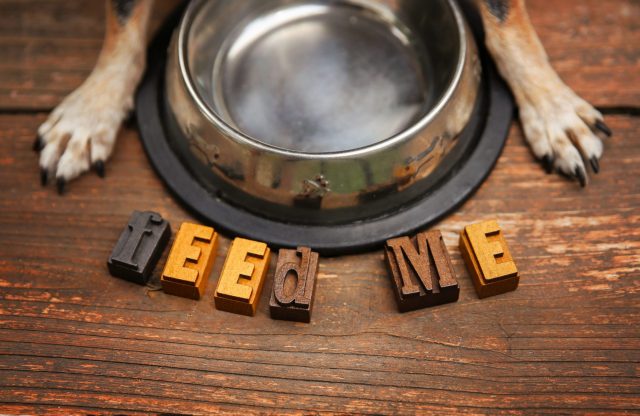
 Toledo, United States.
Toledo, United States.
